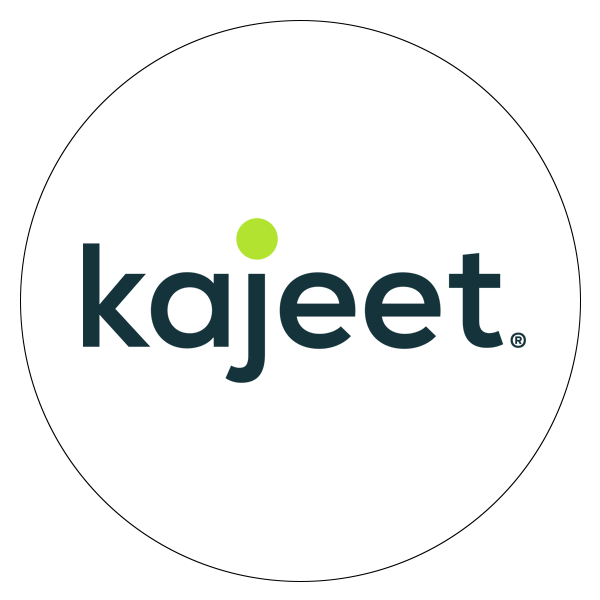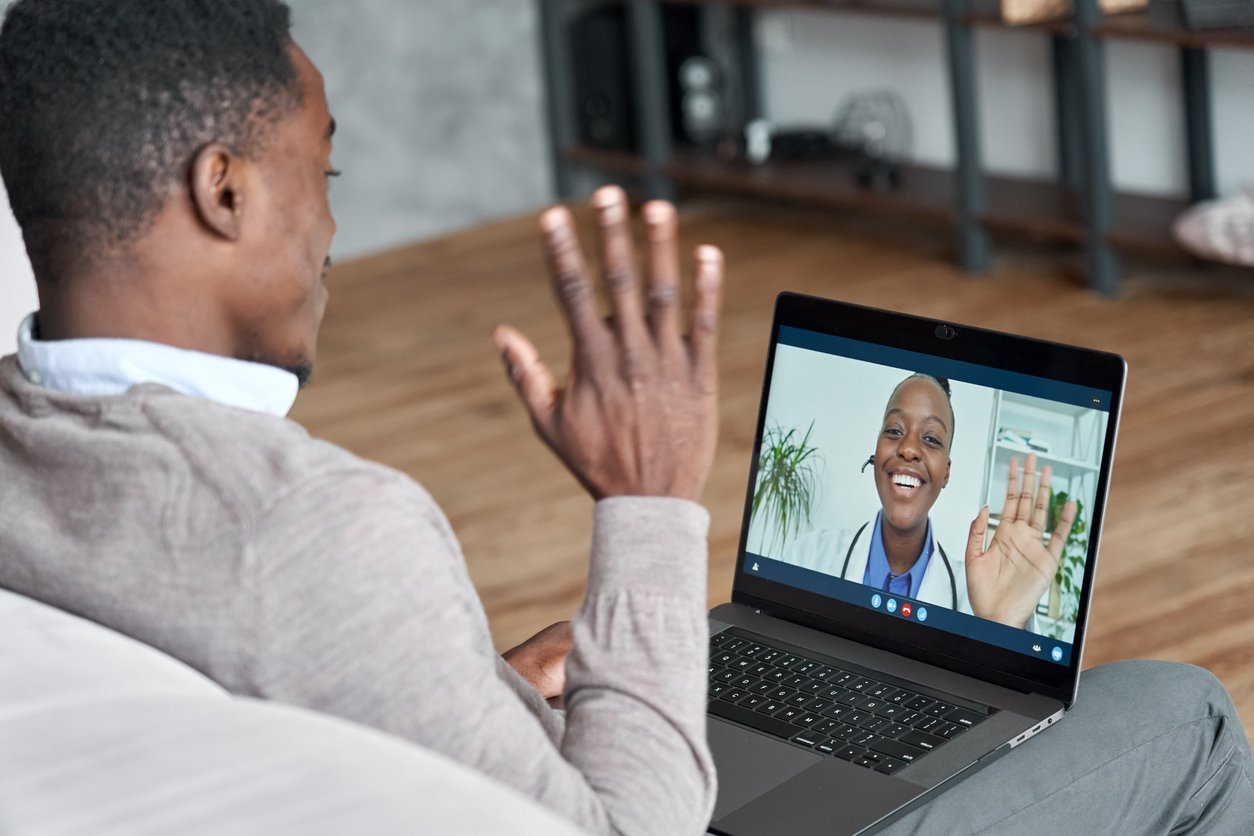Telehealth, which may include services like video doctor visits and remote patient monitoring, offers a variety of benefits – including expanding the reach of overextended physicians, enabling a constant relationship between patients and healthcare providers, making healthcare more accessible and convenient, and providing caregivers with a continuous stream of real-time health data.
For the 19 million Americans without Internet access at home, reliable access to telehealth can be a significant challenge. And, for vulnerable populations more statistically likely to need healthcare services, the digital divide even more pronounced – according to Pew Research, only 28% of seniors over the age of 80 have home broadband service.
It is this space in which Sano Health works to make an equitable impact.
Sano Health was founded in 2014 with the mission of bridging the digital divide in healthcare with simple and cost-effective telehealth solutions. Bringing together expertise across both the telecommunications and healthcare industries, Sano provides telehealth-enabled mobile devices and connectivity to healthcare providers – empowering them to offer continuity of care for their disadvantaged, under-connected, and/or at-risk patients. Sano also strives to make its solutions are easy to use as possible, recognizing that many patients in the lower income bracket often have limited digital literacy.
Evan Grayer, Co-Founder of Sano Health, brought his expertise in telecom and Internet services to his foundational work at Sano. Having spent much of his career working for large cable companies and Internet providers – experiences which included the construction of wireless broadband networks throughout South America – Grayer is well-acquainted with the digital divide and its far-reaching implications. From the start, Sano Health’s goal was to make telehealth accessible and easy to use, particularly for under-privileged populations.
“Healthcare is one of those areas in which the digital divide has far reaching implications, because many older and low-income individuals, who already have lower engagement with healthcare, risk being further left behind because of poor broadband connectivity, inadequate devices, or limited digital literacy,” says Grayer.
“When they’re provided digitally, as they are with telehealth, it’s very hard for that group of people.”
Sano began working with healthcare providers to help them engage with their client base and their members, many of whom were impacted by the digital divide.
As Grayer and the Sano Health team worked to develop their solution’s technology infrastructure, it became clear that they needed a better way in which to provide their clients with the data required to power telehealth services.
Without a feasible connectivity solution, medical professionals would be left to choose between reaching out to a network provider on their own or relying on their patients’ often poor or nonexistent Internet connectivity – neither of which were acceptable solutions to Sano.
“Our goal was to offer healthcare providers with one easy, turnkey telehealth solution – not a set of monthly bills,” says Grayer.
With this pain point in mind, Grayer and the Sano team set out to find a wireless connectivity partner who could provide integrated data and management capabilities, as well as nimble account support – ensuring that their customers could focus on providing seamless care without the hassle of acquiring mobile connectivity or managing devices.
When Grayer connected with Kajeet, a managed IoT connectivity solution provider, he immediately saw the value that it could offer to Sano Health’s work to close the digital divide.
Not only would Kajeet’s work with all major North American wireless networks enable Sano to offer the widest coverage map possible to its clients, but the insights and management capabilities afforded by the Kajeet Sentinel® platform were a game-changer. With its data and policy control capabilities, malware blocking and threat protection, real-time data usage reporting, and integration with their existing healthcare applications, Grayer saw that Sentinel would provide their clients with capabilities that no one else could offer. As well, the ability to share data across all devices on a customer’s telehealth program keeps costs low and prevents any monthly billing headaches.
Add in integration with Sano’s hardware vendors, operation on a private, secured network, and dedicated account support, and it quickly became clear that Kajeet was the connectivity partner Sano was seeking.

Onboarding with Kajeet was easy and fast. Immediately, Sano Health was able to realize the benefits that a multi-carrier connectivity plan and integrated data could provide to its healthcare clients.
“Our partnership with Kajeet allows us to provide our customers with fully managed, secure, multi-carrier connectivity for their telehealth solutions,” shares Grayer.
The logistics of the Sano Health telehealth solution are simple. Cellular data from Kajeet is integrated into the smartphone devices that Sano provisions, ships, and manages for its clients. Individuals receiving care can begin utilizing the telehealth device out of the box – on a secure network connection and with no confusing instructions or additional setup tasks.
In addition to the streamlined process that Sano offers its clients, the Kajeet Sentinel platform allows Sano’s customers to manage their telehealth program in a way that makes business sense for them – including controlling costs, monitoring data usage, and determining billing purchases.
“Kajeet provides exceptional customer service at all levels to help our customers succeed, and even offers Sentinel training for our customers if desired,” says Grayer.
Solving this vital piece of the connectivity puzzle for their clients has allowed Sano Health to scale quickly. Today, thousands of patients across the country are using the Sano devices to receive the healthcare they need, particularly during amidst the challenges of the ongoing COVID-19 pandemic.
While the future remains uncertain, one thing is clear – the demand for telehealth solutions is not going anywhere.
Accelerated dramatically by the pandemic and shift to virtual care, Frost & Sullivan predicts a sevenfold growth in telehealth by 2025 – reflecting a compound annual growth rate of 38.2%. The need to offer patients secure, reliable ways in which to receive care remotely will continue to grow and define the healthcare IoT space well into the future.
Amidst the challenges of providing equitable care in an increasingly digital future, Grayer sees bright days ahead – both in the realm of telehealth and in that of the Sano Health-Kajeet partnership.
“Sano Health sees Kajeet as a true industry partner, and we look forward to continuing to grow together into the future as we empower our healthcare clients to provide continuity of care.”


